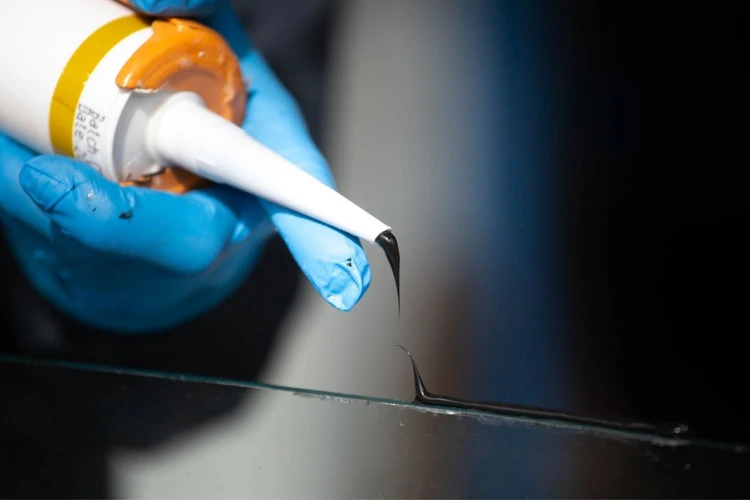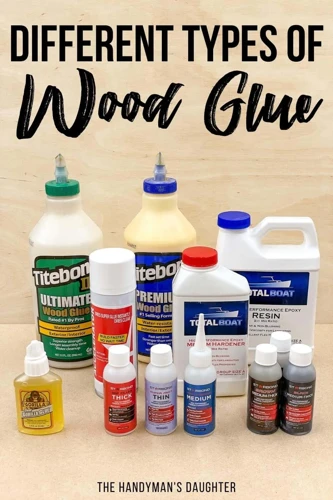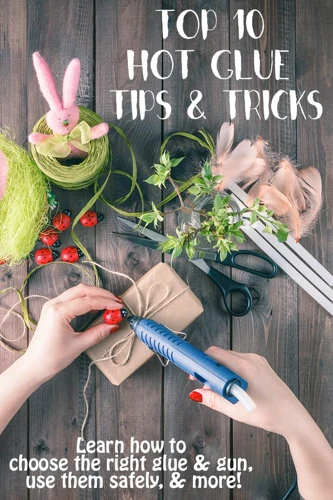Glue bonds can be incredibly strong, which is a blessing for durability but can become a challenge when you need to remove glue from metal surfaces. Whether it’s a result of a crafting project gone awry, an accidental spill, or the need to disassemble bonded parts, finding an effective method for safe glue removal is essential. This blog post aims to provide comprehensive guidance on how to tackle this sticky situation without damaging your metal items.
Understanding Different Types of Metal Adhesives
Before you can embark on the journey of metal adhesive cleaning, it’s important to understand the types of adhesives you might encounter. Epoxy, super glue, and construction adhesives are among the strongest and most common types used with metal. Each type has unique properties and may require specific strategies for removal. Recognizing the adhesive you’re dealing with is the first step in choosing the appropriate removal method.
Preparation: Tools and Safety for Safe Glue Removal
Preparing your workspace and ensuring you have the necessary tools is paramount for successful glue removal from metal. Gather items such as gloves, safety glasses, and ventilation masks to protect yourself from fumes and debris. Tools like scrapers, brushes, and cloths will also be handy. Above all, safety should be your top priority, so ensure you understand the risks associated with any removal technique you plan to use.
Step-by-Step Guide: How to Clean Glued Metal
Method 1: Mechanical Removal Techniques
One of the first approaches to consider is mechanical removal. This involves physically breaking down the glue bond using tools like scrapers or sandpaper. It’s a straightforward method but requires caution to avoid scratching or damaging the metal surface. Start with a gentle approach and increase the force gradually if necessary.
Method 2: Chemical Solutions for Dissolving Glue on Metal
Chemical solutions are effective in dissolving glue on metal. Commercial adhesive removers can be applied directly to the glue, breaking down the bond. Always follow the manufacturer’s instructions and test on a small area first. Ensure you’re working in a well-ventilated space and wearing appropriate protective gear.
Method 3: Natural Glue Remover Options
If you prefer a more eco-friendly approach, natural glue remover options like vinegar or lemon juice can be surprisingly effective. These substances can soften the adhesive, making it easier to wipe away. They are best suited for less stubborn glue types and offer a safer alternative for both the user and the environment.
Method 4: Heat Application for Weakening Adhesive Bonds
Applying heat is another strategy to weaken adhesive bonds. A hairdryer or heat gun can be used to gently heat the glued area, making the adhesive pliable and easier to scrape off. Always be cautious with heat to prevent any damage to the metal or causing burns.
Special Considerations for Sticky Residue on Metal
Dealing with Sensitive or Painted Metal Surfaces
When dealing with sensitive or painted metal surfaces, extra care is required. Test any glue removal method on an inconspicuous area first. For these surfaces, less aggressive methods like natural solvents or gentle heating are often preferable to avoid damage to the finish.
Non-Abrasive Glue Removal Techniques
Using Plastic Scrapers and Soft Cloths
Non-abrasive glue removal techniques are crucial for maintaining the integrity of metal surfaces. Using plastic scrapers can effectively lift glue without scratching, while soft cloths can be used to gently rub off the residue. These tools are especially useful when dealing with delicate items.
Selecting Safe Chemical Removers for Metal
When choosing chemical removers, it’s important to select products that are safe for use on metal. Opt for removers specifically designed for metal adhesive cleaning to avoid any adverse reactions that can cause corrosion or discoloration.
Metal Surface Cleaning After Glue Removal
After successfully removing the adhesive, metal surface cleaning is a critical final step. Use a mild detergent and water to wash the area, then dry it thoroughly to prevent rust or corrosion. This ensures that your metal surface returns to its original luster and is prepared for any further use or treatment.
Preventative Measures: How to Avoid Glue Residue in the Future
Prevention is always better than cure. To avoid glue residue in the future, apply adhesives carefully and only where necessary. Using masking tape to protect areas around the bonding site can help keep the process clean and controlled. Additionally, consider using adhesives with lower bonding strength if future disassembly is anticipated.
Conclusion: Ensuring a Clean and Damage-Free Metal Surface
In conclusion, removing glue from metal can be a delicate task, but with the right approach and tools, it can be accomplished effectively. By following the methods outlined in this guide, you can ensure a clean and damage-free metal surface, restoring your items to their original condition.
If you’ve ever encountered the sticky situation of having glue on metal surfaces, you’re not alone. Whether it’s nail glue, general adhesive, or even residue from stickers, removing glue can be a tricky task. Fortunately, we have helpful guides to assist you. For specific tips on dealing with nail glue, check out our article on how to get nail glue off metal, or if it’s an iron surface you’re concerned with, our guide on how to get glue off iron might be just what you need. And for a more general approach to adhesive removal, don’t miss our comprehensive guide on how to take off glue from various surfaces.
FAQs on Glue Removal Tips
Q: Can I use nail polish remover to take off glue?
A: Yes, nail polish remover containing acetone can sometimes be used to remove glue from metal, but it should be used with caution as it can discolor some metals and finishes.
Q: Is it safe to use a razor blade to scrape off glue?
A: A razor blade can be used but it increases the risk of scratching the metal. If you choose to use one, do so gently and at an angle that minimizes contact with the surface.
Q: How long should I leave a chemical adhesive remover on the glue?
A: It varies by product, so always refer to the manufacturer’s instructions. Generally, it’s a few minutes, but never leave it on longer than recommended as it may damage the metal.



